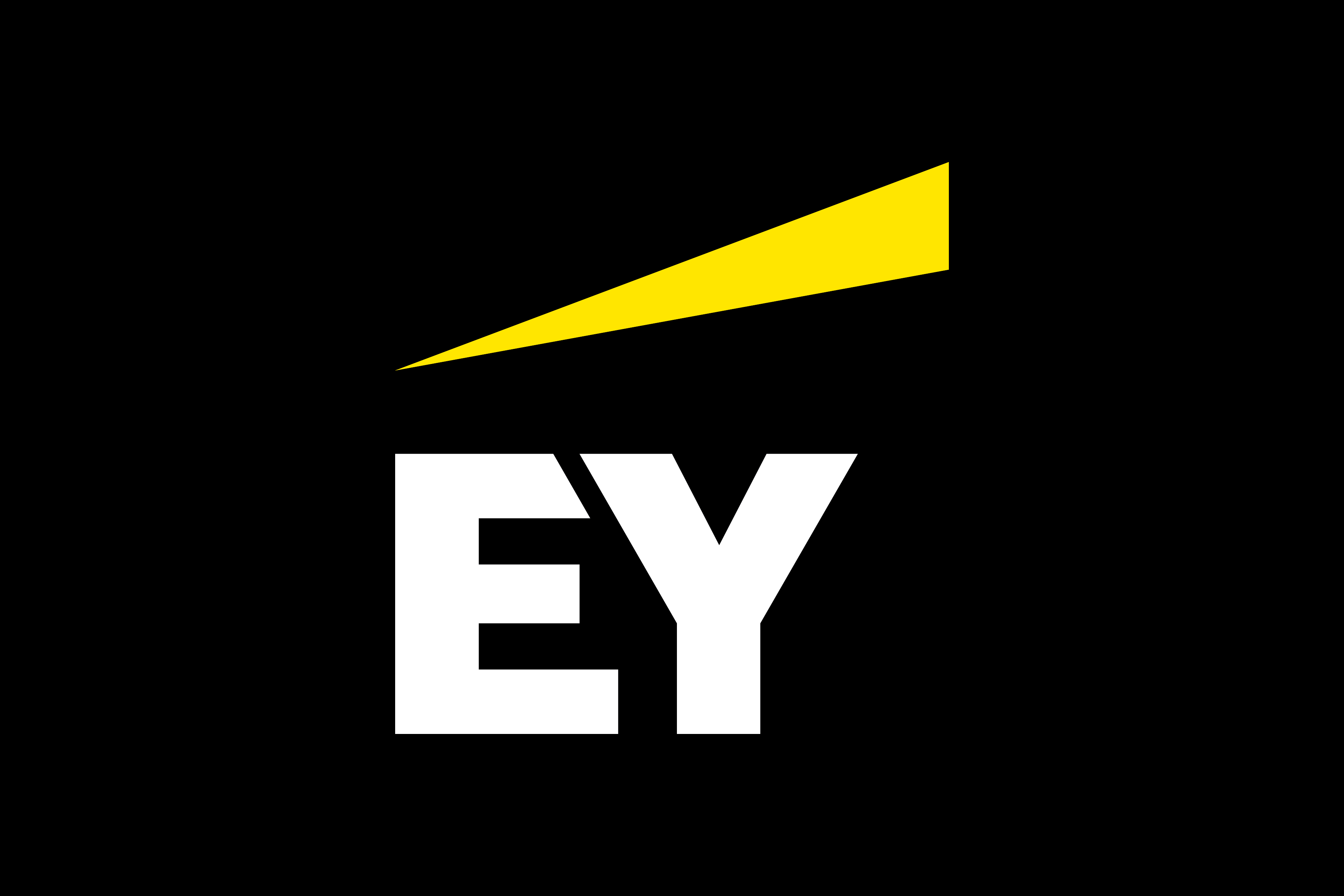EY refers to the global organization, and may refer to one or more, of the member firms of Ernst & Young Global Limited, each of which is a separate legal entity. Ernst & Young Global Limited, a UK company limited by guarantee, does not provide services to clients.

Amid increasingly volatile business environments, companies must learn to harness technology to efficiently generate accurate forecasts.
In brief
- Results from an EY webcast poll revealed that 35% of participants were “not at all confident” in their company’s ability to forecast demand.
- To improve forecasting, companies should treat data as a critical asset, use analytics and machine learning, and should get results to decision-makers.
- Firms must implement the capabilities, such as Microsoft data management solutions, to help companies integrate and access data at scale.
One of the biggest challenges that business leaders face is planning for what’s coming. Unfortunately, that challenge is getting tougher by the day. Evolving technologies, changes in consumer preferences, new competition and disruptions, such as COVID-19, are all combining to accelerate the pace of change in business. Yet, with the right approach to strategic forecasting, companies can turn this challenge into an opportunity. This can be done by improving their ability to anticipate — and capitalize on — future changes. Quite simply, organizations need to become more efficient, accurate and agile in how they generate forecasting insights that drive key business decisions.
Most organizations recognize that they can improve. During a recent EY webcast on forecasting for recovery scenarios , only 9% of participants said they were “very confident” in their company’s ability to forecast demand for products or services. In fact, 35% said they were either “not at all confident” or “not very confident.” In the present environment of rapid-fire change, these numbers should be disconcerting.
Currently, the process at many organizations is decidedly inefficient. Each month, teams at individual business units are probably downloading data from one of several enterprise resource planning systems at the company and pouring it into a spreadsheet. They might be passing it along, running some analyses on that data to generate a forecast and then emailing that to other stakeholders. More progressive organizations might be applying driver-based insights and statistics on top of this process, but they are still struggling to move quickly enough to meet the demands of their business.
There are numerous challenges with this approach. The process is slow, meaning that critical information takes too long to generate meaningful insights. Forecasts might be accurate, or they might not be. And what’s worse is that, because each team runs its own forecasts (financial planning, sales forecasts, supply chain, and so on, all with their own set of assumptions), there’s little coherence to this approach. Teams are biased in favor of their own incentives and simply follow legacy processes.
To improve their strategic forecasting capability, we believe that companies need to take three key steps:
- Treat data as a critical asset: Firstly, given the importance of strategic forecasting, companies need to treat the data that supports forecasting as a critical asset. After all, data is the new currency, and forecasts are only as sound as the raw ingredients they’re based on. Business planning teams need easy access to data that merges internal, historical actuals with additional data sources (possibly external) and link data from multiple ERP systems to create a single accurate, up-to-date view of the company. Microsoft offers cloud-based enterprise data management solutions that help companies integrate and access these data sources at scale.
- Use analytics and machine learning (ML) for forecasting: These tools are already in wide use at many companies, and they are just as applicable in planning as they are in areas such as operations, sales and marketing, and finance. For example, automated ML algorithms can help companies generate forecasts far faster than they could have in the past, along with evaluating results and testing different drivers and factors to simulate a range of different futures. ML can improve the accuracy of forecasts over time.
- Get results into the hands of decision-makers for more dynamic scenario modeling: Lastly, companies need to make sure they are generating the maximum possible impact from forecasts, by using them to make smarter decisions about the organization’s future trajectory. We need to let the business planning teams do what they were hired to do – plan – by increasing self-service to statistically valid scenario modeling tools, and decreasing time spent managing data. The goal is agility at an organizational level, which means to pivot quickly in response to changing market conditions, both defensively (to mitigate a company’s downside exposure) and offensively (to capture emerging opportunities).
What does this look like in action? Consider a global life sciences company that wanted to deploy a demand-forecasting solution integrated with the company’s ERP platform. After automating its planning processes, the company can now create highly accurate forecasts based on ML algorithms that give a comprehensive view of more than 500 product lines and of over 20,000 stock keeping units (SKUs) around the world.
Another example is a global manufacturer that used to take more than 10,000 hours and over 100 spreadsheets to generate financial forecasts (which were often biased). After upgrading its processes, the company can now leverage more than 200 automated ML models to quickly produce forecasts with over 95% accuracy in terms of gross profit, with just one employee running the entire process.
In short, the business environment is increasingly volatile, but companies have a choice in how they react. They can stick to current, manual planning processes, and continue to be caught flat-footed by each new wave of disruption. Or they can implement the capabilities and technology needed to efficiently generate more accurate forecasts and quickly model more dynamic business scenarios. In doing so, they will give themselves a clear advantage over competitors in their ability to proactively respond to changes.
Summary
Business environments are becoming increasingly volatile. Evolving technologies, changes in consumer preferences, new competition and disruptions, such as COVID-19, are all combining to accelerate the pace of change in business. But companies still have a choice in how they react to these changes. Firms must implement the capabilities and technology needed to efficiently generate more accurate forecasts and quickly model more dynamic business scenarios. In doing so, they will give themselves a clear advantage over competitors in their ability to proactively respond to changes.



